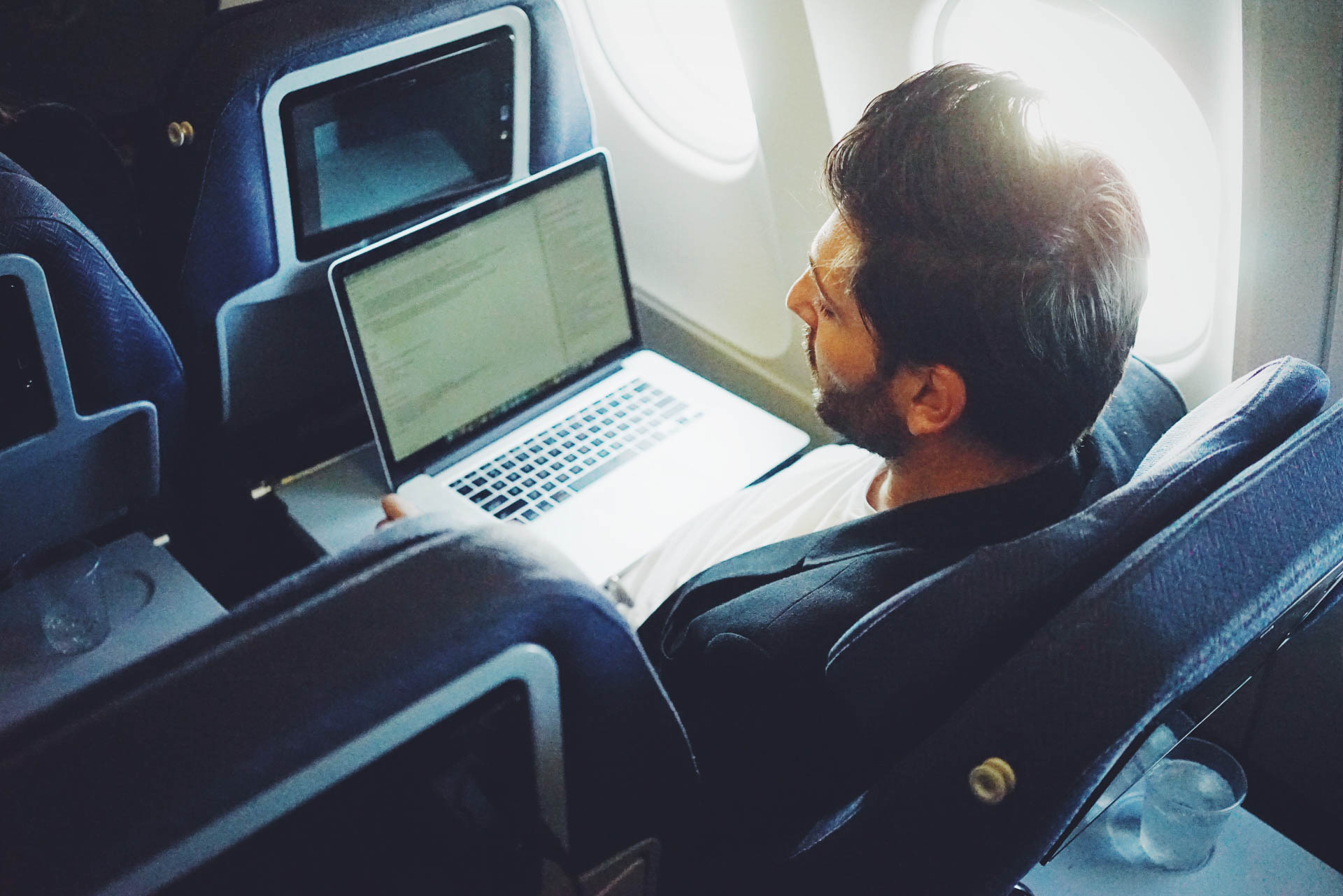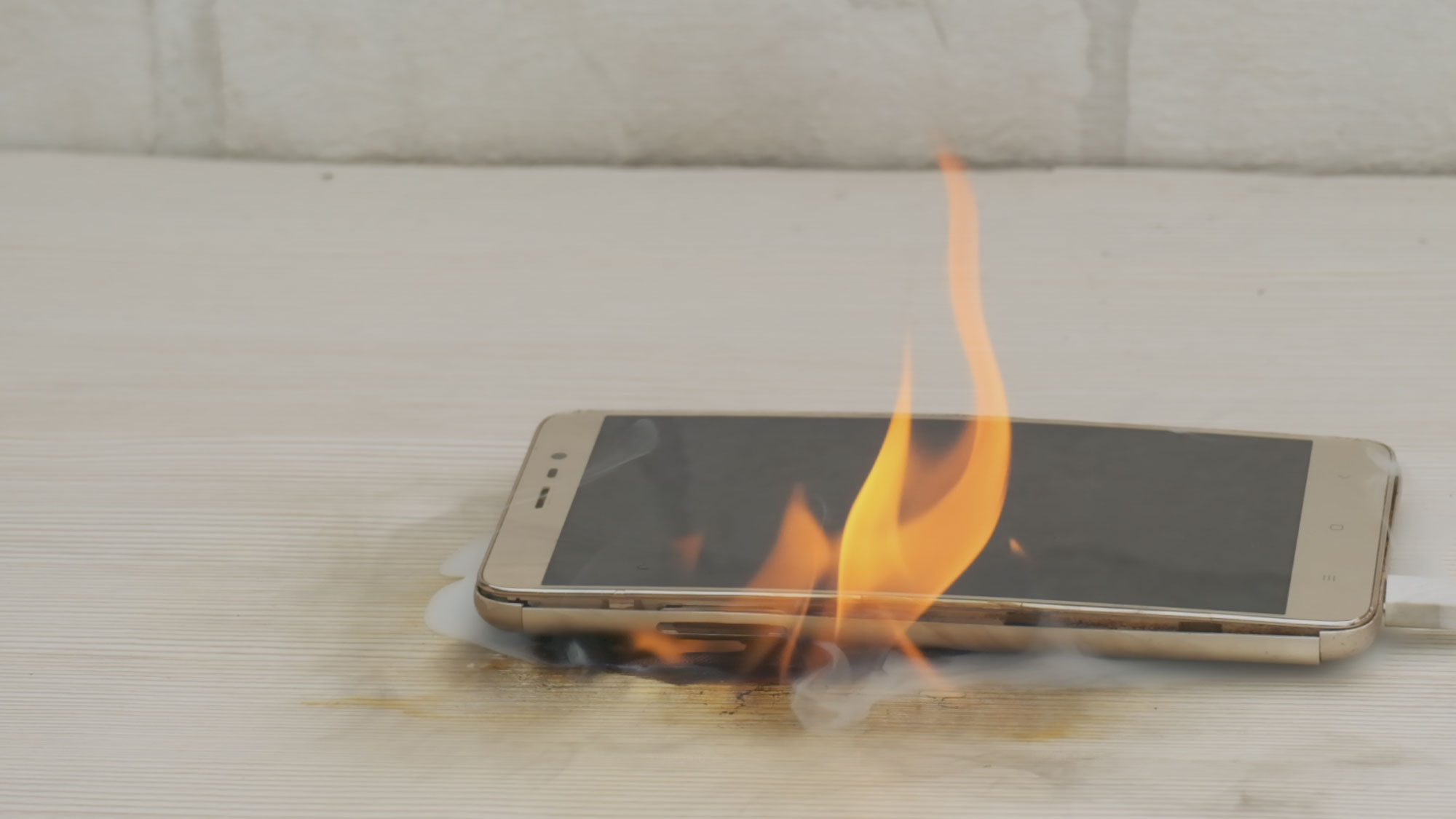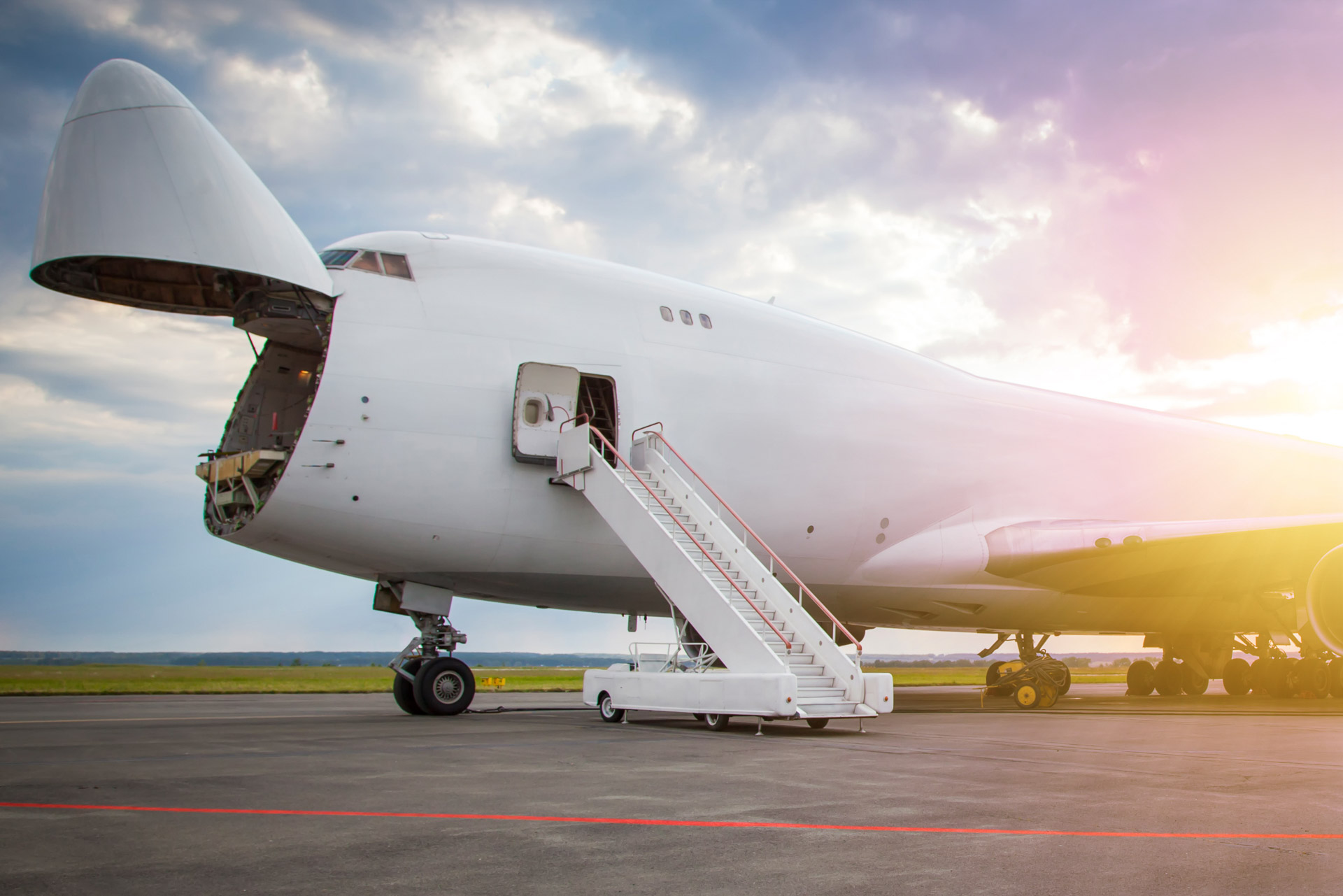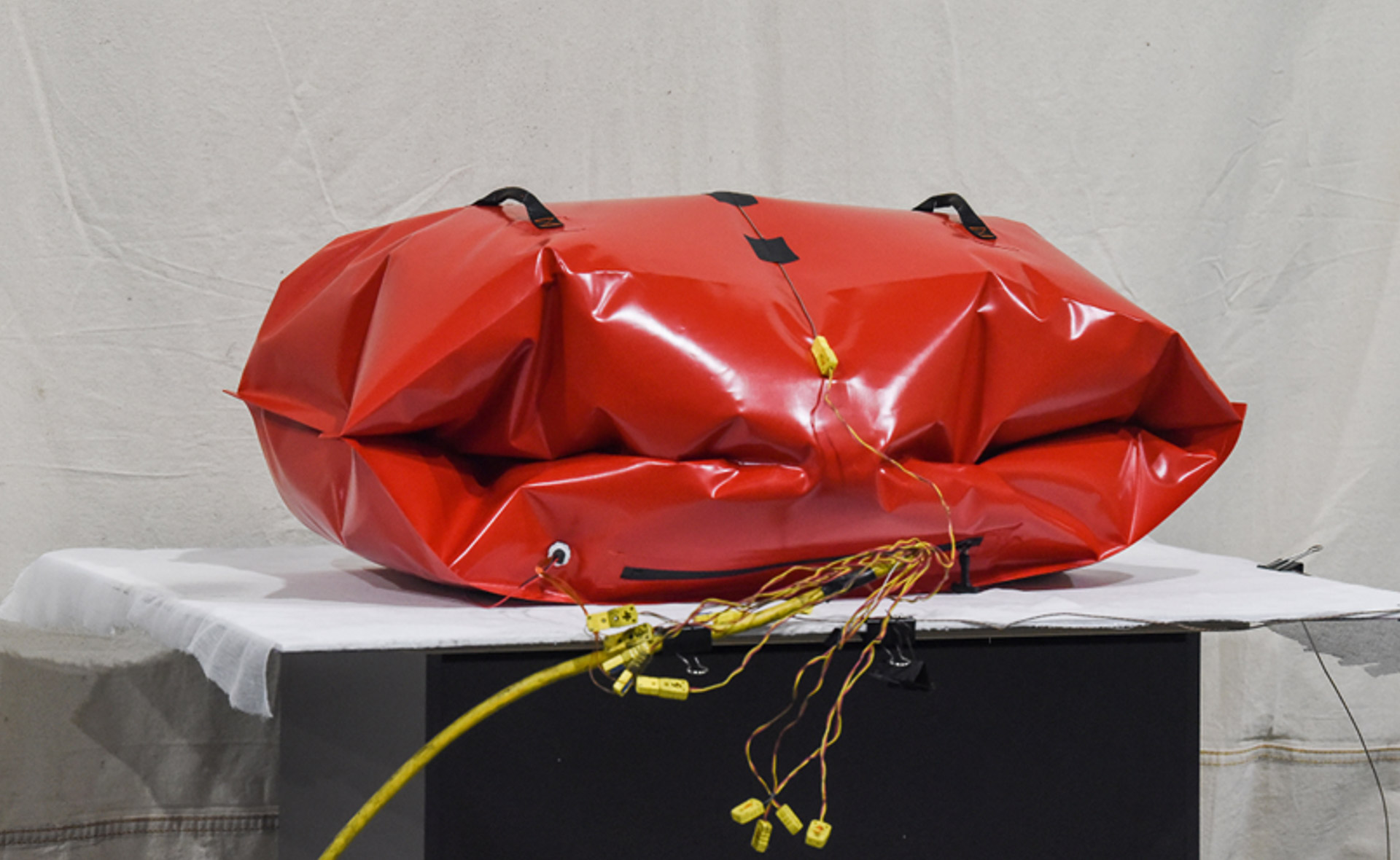- UL 5800
Thermal Runaway on Passenger Aircraft: A Standards-Based Approach to Human Safety
Read this case study to examine the safety risks posed by thermal runaway from lithium-ion batteries on commercial aircraft, and the development of a UL Standards & Engagement safety standard, UL 5800, the Standard for Safety for Battery Fire Containment Products, which covers products designed to mitigate these risks.
Abstract
Lithium-ion batteries power many consumer electronics, but the risks of thermal runaway pose a potential fire hazard, which could be especially grave during air travel. This case study examines the use of fire containment products on commercial aircraft to mitigate this risk. There are many more considerations included in UL 5800, the Standard for Safety for Battery Fire Containment Products, including cautionary markings, operating instructions, and overall packaging. The compliance of these products with UL 5800 has the potential for standardizing safety across the airline industry. This case study also broadens awareness of processes involved with safety science standard development by exploring the development of the UL 5800 standard for testing and certifying fire containment products.
Learning Objectives
- Understand the risks of thermal runaway in lithium-ion battery-powered personal electronic devices.
- Recognize unique challenges of fire containment on commercial aircraft.
- Understand processes leading to the development of safety standards, including how technical committees choose tests to include in writing safety standards.
- Learn about the motivation and purpose of the safety standard UL 5800.


Real world context
Lithium-ion batteries provide a convenient and powerful energy source for millions of electronic devices worldwide. If you are using a portable device, chances are high that it is powered by lithium-ion technology.


But there are risks
Damaged lithium-ion batteries can enter thermal runaway, leading to dangerous smoke, fire, and explosions, which can create hazardous conditions for passengers and crews on an airplane in flight.


For example
When a laptop was accidentally wedged down the side of a seat during a transatlantic flight, the plane was forced to make an emergency landing to remove the laptop safely.


With so many lithium-ion batteries on flights at any one time, what intervention could keep passengers safe from the risk of thermal runaway on airplanes?
Background
Consumer portable electronic devices carried daily (such as smartphones, laptops, and tablets) overwhelmingly use lithium-ion batteries as energy storage. Lithium-ion batteries are rechargeable, lightweight, have massive capacities for storage, and are recyclable — attractive factors making them in increasingly high demand.

However, like all technologies, lithium-ion batteries have trade-offs compared to their benefits. Under certain circumstances, detailed later in the case study, they can experience a phenomenon called thermal runaway, an uncontrollable, self-heating state. Thermal runaway can lead to battery swelling, battery venting, smoke, and fire, and even explosion. 5
The risk of thermal runaway on aircraft is rare, but nonetheless serious. Every day, over 2.9 million people fly in and out of U.S. airports, with an estimated 5,400 aircraft in the sky at peak operating times. 1 As technologies utilizing lithium-ion batteries are becoming increasingly common and more universally carried by individuals, it is important to ask whether the risk of thermal runaway onboard planes is increasing, and how to best prevent thermal runaway from causing harm.
Question
What precautions have you heard about regarding flying with lithium-ion batteries? Do you always adhere to those precautions?
Problem
Thermal runaway poses a significant risk to individual health, safety, and security worldwide. Based on a 2023 study conducted by UL Standards & Engagement, 44% of Americans are unaware of the thermal runaway risk with lithium-ion batteries. 3 One particularly vulnerable location where thermal runaway poses even greater risk is aboard commercial airlines.
Thermal runaway in lithium-ion batteries is not like a common fuel fire because a lithium-ion battery in thermal runaway creates its own oxygen as it burns. Therefore, lithium-ion battery fires cannot be suffocated by blankets or fire extinguishers, and the heat is so extreme it immediately vaporizes any water that might be used for extinguishing. Fires onboard commercial aircraft can cause danger to people, the aircraft itself, or spread to other lithium-ion powered devices. Therefore, the best thing to do if a lithium-ion battery experiences thermal runaway is to contain it quickly.
Fire containment products are intended to contain a single thermal runaway event on an aircraft but are not able to completely extinguish the device that caught fire. The containment products are portable, designed to be user-friendly, and can be carried easily on all consumer aircraft. Currently, fire containment products are not required to be tested to any Federal Aviation Administration guidelines, though some manufacturers use marketing such as “FAA certified materials,” or “tested to FAA standards” to describe their products.
Question
From a consumer perspective, what would you want to consider when deciding whether a fire containment product is “safe enough” to be certified to a safety standard?
As a member of a technical committee challenged with writing a safety standard for fire containment products, what data or tests would you request to ensure these products are as safe and effective as possible?
Approach
Fire containment products are included onboard passenger aircraft on an airline-by-airline basis and are engineered to contain electronic devices that may enter thermal runaway. According to a 2023 survey by UL Standards & Engagement’s Thermal Runaway Incident Program, 67% of airlines (n=15) currently provide fire containment products onboard. 2 These products specifically consider the reality of confined, tight spaces associated with air transportation. Many airlines have adopted the usage of fire containment products, and while the FAA does not have requirements for carrying these products uniformly, it “does not prohibit the use of the various commercially manufactured containment products.” 4

ULSE worked with a group of airline professionals from industry, government, and other areas to develop a safety standard that provides safety requirements for fire containment products. This technical committee, formed in 2018, addressed the lack of standardization for these fire containment products in the development of UL 5800, the Standard for Safety for Battery Fire Containment Products. This standard establishes testing, performance, and marking criteria to evaluate fire containment products intended to safely contain consumer portable electronic devices experiencing thermal runaway and minimize the fire’s potential impact during flight.
The TC was challenged with creating a standard that can be used to test products designed specifically for commercial aircraft, for a wide variety of electronic devices that passengers and crew may bring on board. Additionally, when considering what tests to include in the standard, the TC discussed the variable nature of batteries, thermal runaway intensity, and physical results of various devices experiencing thermal runaway.
Question
Consider typical portable electronic devices you carry with you every day — compare the size, power, and battery composition of each device. Are there any significant design differences between your different devices?
Imagine one (or several) of those devices going into thermal runaway. How would you ensure the safe operation of a product designed to contain these devices? How would you differentiate between the variable devices in testing requirements in the standard being written?
Solution
In December 2020, UL Standards & Engagement, along with the American National Standards Institute and the Standards Council of Canada published the first edition of ANSI/CAN/UL 5800, the Standard for Safety for Battery Fire Containment Products. Companies that produce fire containment products can have their products tested to certify that they meet the criteria listed in UL 5800.

Figure 1: Fire containment product designed to mitigate hazards from lithium-ion battery fires, shown here during testing.
The standard describes tests for the fire containment of four Watt-hour capacity classes of lithium-ion batteries undergoing thermal runaway. The four classes contain increasingly higher number of battery cells that correspond to the intended containment rating of the product, from small batteries (≤60Wh) to much larger batteries (161≤300Wh).
The standard includes performance ratings based on whether any smoke, shrapnel, sparks, and flames exit the fire containment product during the test. If all hazards are completely contained, then the product shall be certified to “Level 1,” and if smoke were released, the product could be certified to “Level 2.” Additionally, if there are components of the product that are intumescent (substances that swell when exposed to heat), and change their chemical composition due to aging, these materials must be tested to an Environmental Aging Test as described in another standard, UL 1479, Fire Tests of Penetration Firestops. Surface temperatures of various components of the fire containment products must be measured during tests, with different temperatures being allowable based on the component of the containment product and the composition of that individual component (metallic or nonmetallic).
UL standards are living documents and can be updated by the technical committee when necessary. For instance, in 2024, the technical committee considered revisions to UL 5800 for circumstances in which water is the suppression agent in the product. They also reviewed the temperature test requirements when markings on the product indicate the use of gloves, which impacts the safe-handling temperature.
As of 2024, there are two products on the market that are certified to UL 5800. Encouraging fire containment device manufacturers to adopt UL 5800 is critical in ensuring travelers are as safe as possible despite the inherent risks of thermal runaway. In addition, we as the public need to be more aware of the risks of thermal runaway and take steps to ensure our devices can be quickly contained in the unlikely event of a safety risk.
Discussion Questions
- Should UL 5800 be required by all manufacturers to test fire containment products going forward?
- What arguments exist that would support a legislative mandate?
- What counterarguments exist against mandating that all manufacturers comply with UL 5800?
- Do you believe mandating UL 5800 would lead to a reduction in fires onboard consumer airlines? Why or why not?
- How would you keep portable electronic devices from going into thermal runaway on planes?
A standard is a critical tool for ensuring global problems are addressed through iterative, collaborative problem-solving.
This is just a small recap, and you are encouraged to view the standard, in full, for free, by creating an account at ShopULStandards.com and using the Digital View feature.
How to get involved
Share your expertise
UL Standards & Engagement is actively seeking all interested parties to participate in its standards development process and encourages diverse perspectives to join in by participating as a stakeholder. Stakeholders can submit, review, and comment on proposals for new standards or revisions to existing standards. While stakeholders do not vote, the TC considers their input during the standards voting process. Since standards affect everyone, all are welcome to participate as stakeholders. Register online through ULSE’s Collaborative Standards Development System.
Advance your career
Check out current internship and fellowship openings for opportunities to engage with standards professionals and to contribute to standards research and innovation.
References
Federal Aviation Administration. (2024). Air traffic by the numbers. https://www.faa.gov/air_traffic/by_the_numbers
UL Standards & Engagement. (n.d.). Thermal Runaway Incident Database (TRIP) Battery Containment Product Usage: Analysis of TRIP Data. https://mytripportal.org/
UL Standards & Engagement. (2023, November 9). 2023 Holiday safety guide. https://ulse.org/news/2023-holiday-safety-guide
U.S. Department of Transportation, Federal Aviation Administration. (2023). Advisory Circular: Firefighting of general and high-energy in-flight fires. https://www.faa.gov/documentLibrary/media/Advisory_Circular/AC_120-80B.pdf
Xplorlabs. (n.d.). The science of thermal runaway. https://xplorlabs.org/pathway/thermal-runaway/introduction/